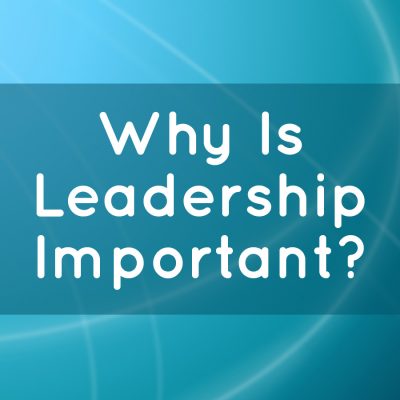
Attending a family welcome night at my daughter's new school last night, I had an experience that I've had countless times in my life and my work.
In the gym, filled with nervous and excited new students and their families, part of the presentation on "what to expect in middle school" included advice to get a planner to help track homework and upcoming events. Emphasis was put on using a digital planner like Google Tasks + Calendar or something similar on your mobile device. Living in a city with Google's offices just a few blocks from the school, the emphasis is not surprising...even in middle school.
Later in the tour, I happened to hear a teacher talking with a family about how mobile devices are absolutely forbidden during school hours - you can bring it to school but it must stay in your locker. If you're caught with it in class, it's an automatic trip to the Principal's office.
Have you spotted the problem yet? I did.
So I asked the question that was begging to be asked. "If students are encouraged to use a digital planner on their mobile device AND they are not allowed to use their mobile devices in class, how does that work?"
First, there was silence. And then an answer I'm fond of hearing: "that's a good question, I'll have to talk to the Principal and figure it out."
When Expectations and Rules Don't Align
I don't know how long this problem has existed in this organization. Possibly the recommendation of a digital planner is new. Possibly the expectation of using a digital planner and the rule of no mobile devices have both existed simultaneously for a while.
While it might seem kind of funny as you see the story unfold, looking at the way the expectation and the rule don't align is a common problem in organizations that goes well beyond this story.
In all types of organizations, it's common for people to be working within a set of rules together. Sometimes these rules are explicitly stated and understood. Often they are implicitly understood ways of working and not necessarily a rule at all. In either case, in organizations, people generally follow a set of rules for working together.
When there are new expectations - whether because of a new project, working towards a new goal, or some other shift - it is possible to have rules in place that can get in the way of achieving those expectations. Sometimes, the rules that people operate within and the expectations haven't aligned for a very long time. As a result, the work is less efficient, people spend time in workarounds rather than simply proceeding in the best way, or maybe even hiding what they are doing in case someone notices that they are breaking the rules to get the job done.
Creating Alignment
Odds are that in any organization you are involved with, there are expectations of the work to be done that conflict with the rules within which people operate. So, what do you do about it?
Check Your Assumptions
The first step is to check the assumptions you have. These assumptions are within you as a leader, within each employee, team, department, and the whole organization. What are all of the assumptions about the rules that exist for getting work done? This isn't a time to edit yourself to just the "nice" rules, but rather to get everything on the table that you can think of that is a rule for how work gets done.
Clarify the Givens
From all of those assumed rules that exist for getting work done, which ones are really true? And of what is true, which rules are helpful for getting work done? We refer to these core rules as "the givens". Givens create a clear container within which there is freedom to operate - everyone knows what is expected, what is non-negotiable, and where they are free to make choices and take action in order to successfully accomplish their work.
Communicate the Givens
It's not enough to just decide what the givens are, it's also important to communicate them clearly and often. Support everyone in the organization to get the job done as easily and as well as possible by talking about the givens, having them written down somewhere that's easy to reference, and checking in on them regularly to identify new assumptions about how work gets done. When people have a clear framework for what the rules are, it's much easier to do the work that's expected to achieve your business goals.
So, what happens next in our quest to find the perfect middle school planner? Aligning the expectation with the rules was actually easy to resolve as my daughter turned to me and said "Let's go shopping! I want a pretty paper one anyway :-D".
Photo by A GIRLBRAND on Unsplash








Leave a Reply
You must be logged in to post a comment.